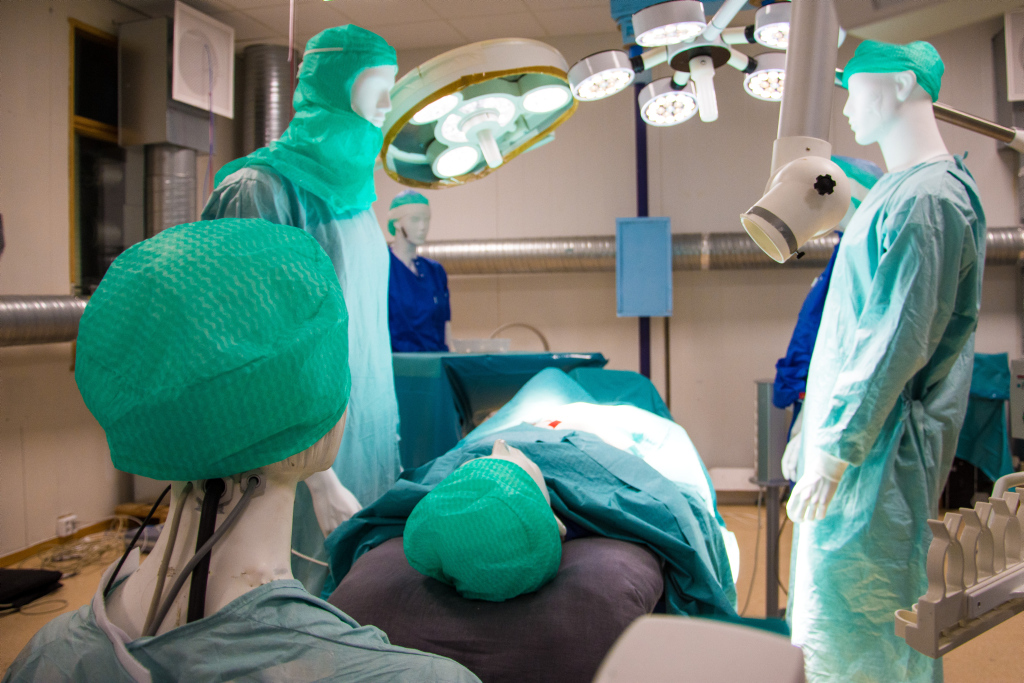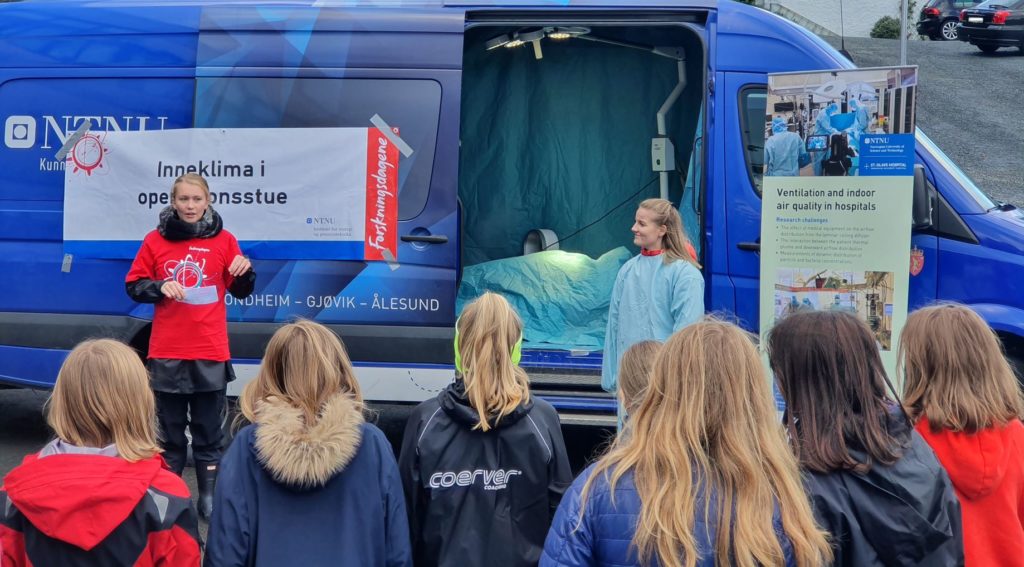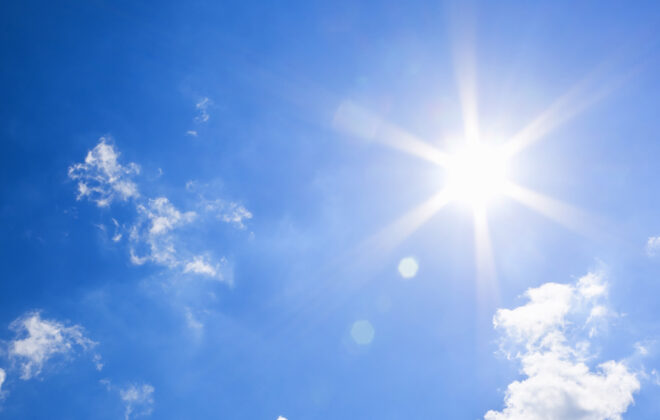Energi og kirurgi: slik forsker vi på ventilasjon i operasjonsstuer
Utformingen av innendørs luftfordelingssystem for operasjonsrom er en kompleks oppgave. Det er strenge krav til innendørs miljøparametre som lufthastighet, fuktnivå og romtemperatur, og det er ikke global enighet om alle sammen.
Formålet med phd.-prosjektet mitt er å utforske energieffektive fordelingsmetoder for innemiljøkontroll og luftstrøm, som muliggjør et trygt kirurgisk mikromiljø i operasjonsrom.

For å nå dette målet er det mange oppgaver som skal utføres. For det første bør det opprettes et evalueringssystem for å hjelpe designere med å kunne evaluere direkte den omfattende effekten av luftdistribusjonssystemer i operasjonsstuer. For det andre bør et godt utført luftfordelingssystem i operasjonsrom utvikles, optimaliseres og valideres.

Endelig bør det utvikles en ny modell/verktøy for virtual reality (VR) for å visualisere innemiljøet sammen med St. Olavs Hospital.
Både simulering og eksperiment
Hovedmetoden for forskningen jeg skal gjøre er kombinasjonen av simulering og eksperiment. Eksperimentet vil bli utført i laboratoriet til NTNU, og i et ekte operasjonsrom på St. Olavs Hospital. CFD-simuleringer vil bli utført for validering og optimalisering av luftdistribusjonssystemet.
Resultatene av denne studien vil gi et solid vitenskapelig grunnlag for ventilasjonsdesign i operasjonsrom. Visualiseringsverktøy vil hjelpe designere bedre å analysere CFD-resultater.


Yang Bi
Yang Bi er ph.d.-stipendiat fra høsten 2020, og er tilknyttet NTNUs institutt for energi- og prosessteknikk med professor Guangyu Cao som veileder. Han skal være tilknyttet prosjektet Fremtidens Operasjonsrom (FOR) i tre år. Yang Bi har fra før en master innenfor VVS.
Yang Bi
Search
Søk
Categories
- Arctic Research
- Arkitektur
- Bærekraft
- Bioingeniørfag
- Biologi
- Biology
- Biomedical Laboratory Science
- Biotechnology
- Bioteknologi
- Chemical Engineering
- Chemistry
- Climate
- Computer Science
- Datateknologi
- Digital
- Elektronikk
- Energi
- Energi
- Energy
- Engineering
- Engineering
- Environment
- Food Science
- Forskning
- Fysikk
- Fysikk
- Havbruk
- Informasjonsteknologi
- Informasjonsteknologi
- Ingeniørvitenskap
- Kjemi
- Kjemisk prosessteknologi
- Kjemisk prosessteknologi
- Kreftbehandling
- Kybernetikk
- Marine Technology
- Materialer
- Materials Science
- Materialteknologi
- Matvitenskap
- Meninger
- Miljø
- Min ph.d.
- My PhD
- My PhD
- My postdoc
- Nanotechnology
- Nanoteknologi
- Ocean
- Oil and gas
- Physics
- Research
- Simulering og visualisering
- Spør en forsker
- Studentliv
- Sustainability
- Ukategorisert
- Universitetsliv
- University Life
Kategorier
- Arctic Research
- Arkitektur
- Bærekraft
- Bioingeniørfag
- Biologi
- Biology
- Biomedical Laboratory Science
- Biotechnology
- Bioteknologi
- Chemical Engineering
- Chemistry
- Climate
- Computer Science
- Datateknologi
- Digital
- Elektronikk
- Energi
- Energi
- Energy
- Engineering
- Engineering
- Environment
- Food Science
- Forskning
- Fysikk
- Fysikk
- Havbruk
- Informasjonsteknologi
- Informasjonsteknologi
- Ingeniørvitenskap
- Kjemi
- Kjemisk prosessteknologi
- Kjemisk prosessteknologi
- Kreftbehandling
- Kybernetikk
- Marine Technology
- Materialer
- Materials Science
- Materialteknologi
- Matvitenskap
- Meninger
- Miljø
- Min ph.d.
- My PhD
- My PhD
- My postdoc
- Nanotechnology
- Nanoteknologi
- Ocean
- Oil and gas
- Physics
- Research
- Simulering og visualisering
- Spør en forsker
- Studentliv
- Sustainability
- Ukategorisert
- Universitetsliv
- University Life

